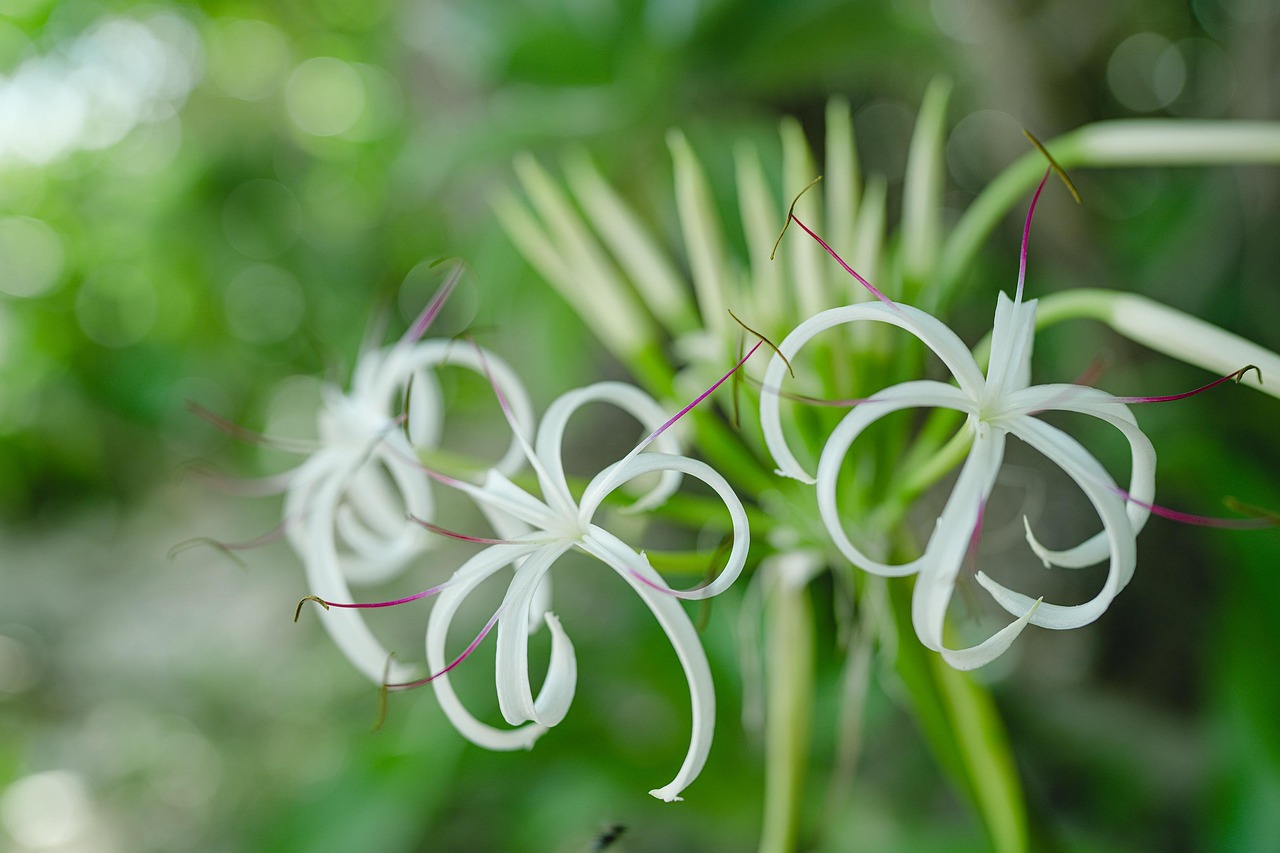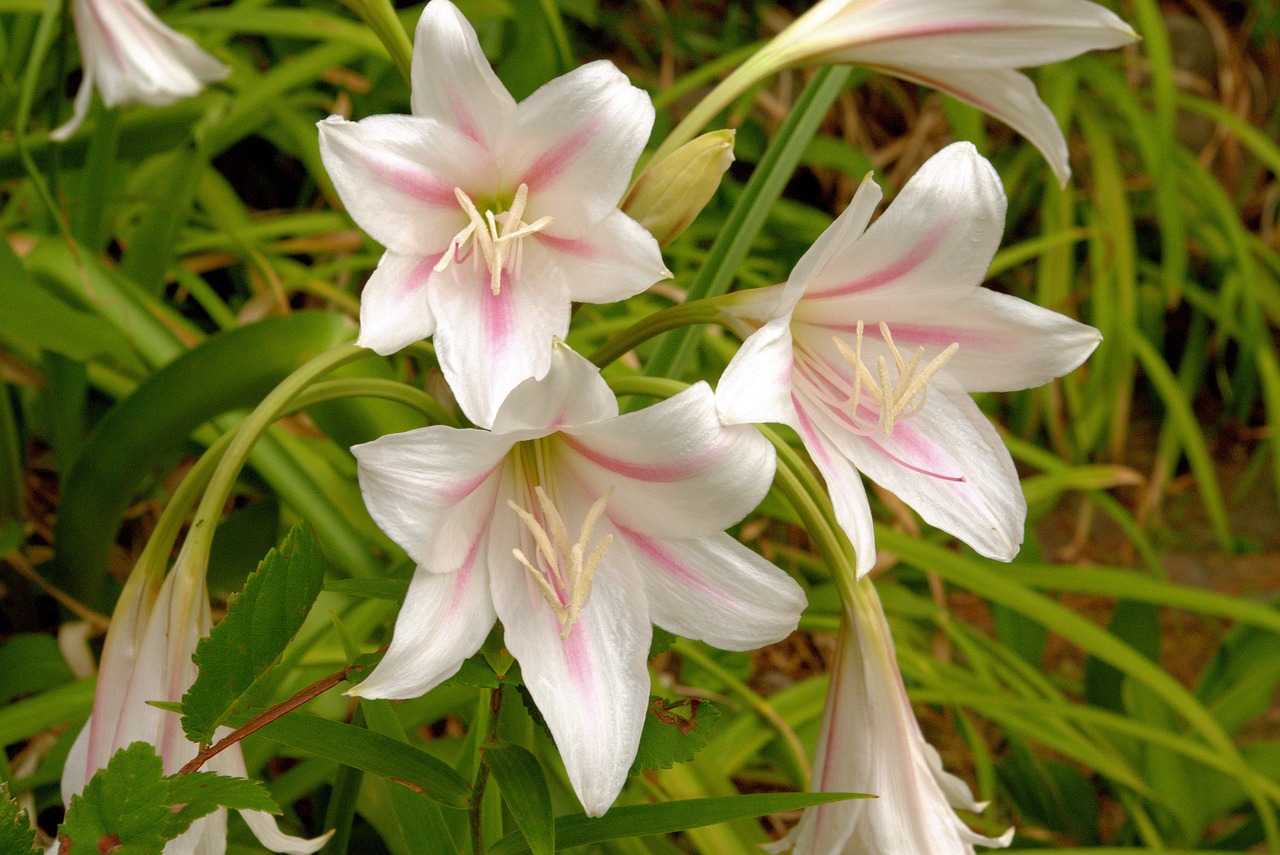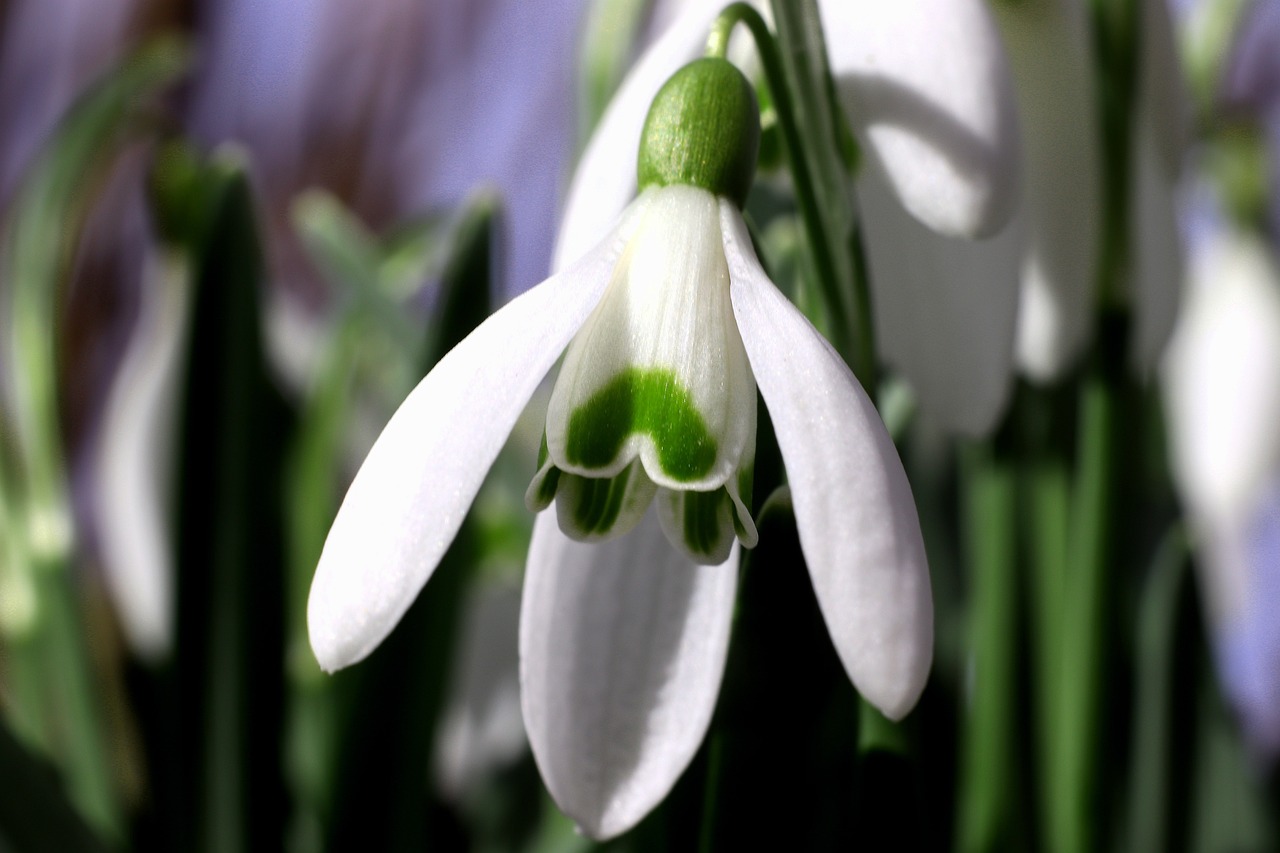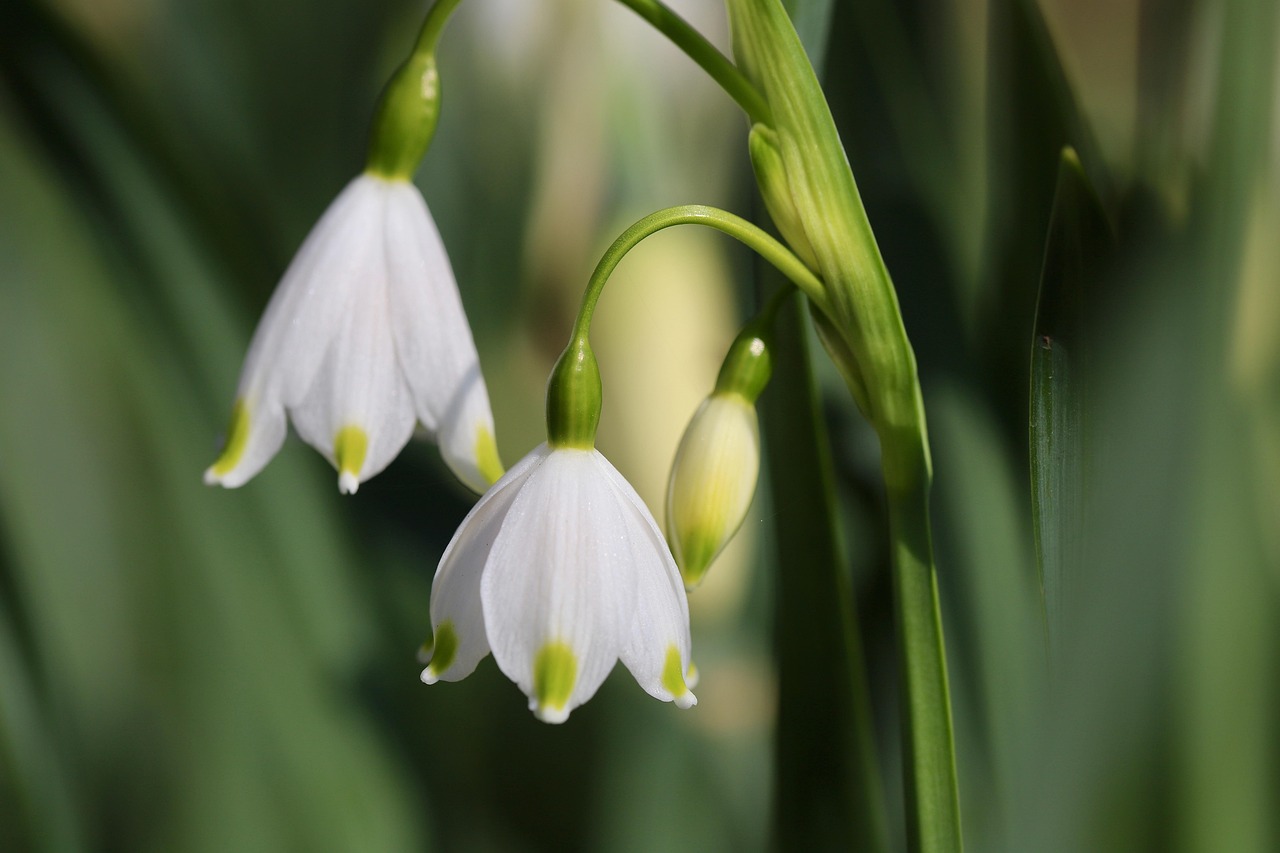Agapanthus | The Flower of Love Blooming in South Africa
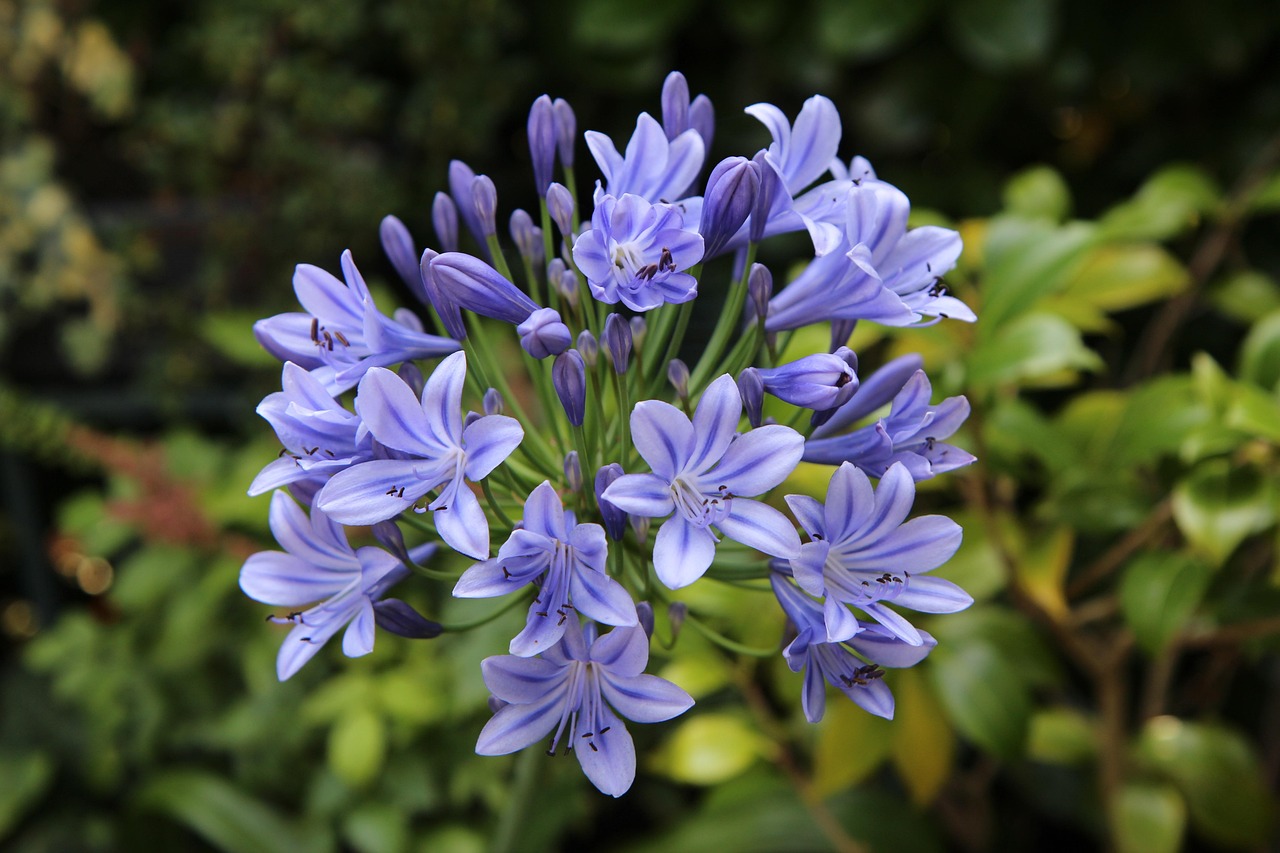
Agapanthus is a perennial plant with slender leaves and beautiful blue or purple flowers.
It produces spherical clusters of blossoms at the tips of tall stems, adding elegance to gardens and parks. With both heat and cold resistance, it is relatively easy to grow and is well suited for beginner gardeners.
In this article, I will explain in detail the basic information about Agapanthus, its cultural and historical background, and key points for cultivation.
Basic Information
- Scientific name: Agapanthus
- Family: Amaryllidaceae
- Origin: South Africa
- Appearance: Agapanthus is characterized by its long, narrow leaves and the spherical clusters of flowers at the tip of its stems. Blue and purple are the most common colors, though white varieties also exist. The flexible stems grow to about 60–150 cm in height, making the plant an excellent garden accent.
- Flowering season: Agapanthus blooms from June to August. With its long flowering period, it brightens summer gardens with vibrant colors.
Cultural Significance Worldwide

Agapanthus is often called the “flower of love” and is regarded as a romantic symbol in many countries.
Its name derives from the Greek words agape (love) and anthos (flower), and it is frequently used for gifts and decorations.
In South Africa, it is widely recognized as a native plant and is commonly found in traditional gardens and public spaces.
In Europe, it has been valued as a flower suitable for gardens and parks, featured in historic gardens in France and England.
In Japan, Agapanthus is planted along streets and in parks as a summer tradition, with its cool colors loved by many.
Historical Background
Agapanthus was introduced to Europe in the 17th century.
During the Age of Discovery, plants from South Africa were brought to Europe, and Agapanthus was admired for its rare beauty, being cultivated in royal and aristocratic gardens.
In England, its popularity grew during the Victorian era, where it was often planted along borders and pathways in large gardens.
In France, it was included in the gardens of King Louis XIV’s court and appreciated as an elegant flower among the nobility.
In Japan, it arrived in the Meiji period, initially featured in Western-style gardens before spreading to parks and roadside plantings.
Gardening Advice
Agapanthus will bloom beautifully every year if provided with suitable conditions. Below are some key tips for cultivation:
Sunlight
Prefers sunny locations. It can grow in partial shade, though flowering may be reduced.
Watering
Fairly drought-tolerant, but moderate watering is needed during the growing season. Water generously once the soil surface dries.
Soil
Choose well-drained soil. Mixing in leaf mold or compost promotes healthy root development.
Fertilizer
Apply slow-release fertilizer in spring and after flowering. Avoid excessive fertilization.
Pruning
Cut back flower stalks after blooms fade to encourage new growth. Remove withered leaves as needed.
Wintering
While cold-tolerant, protect the base with mulch in colder regions. Potted plants should be kept indoors for safety.
Conclusion
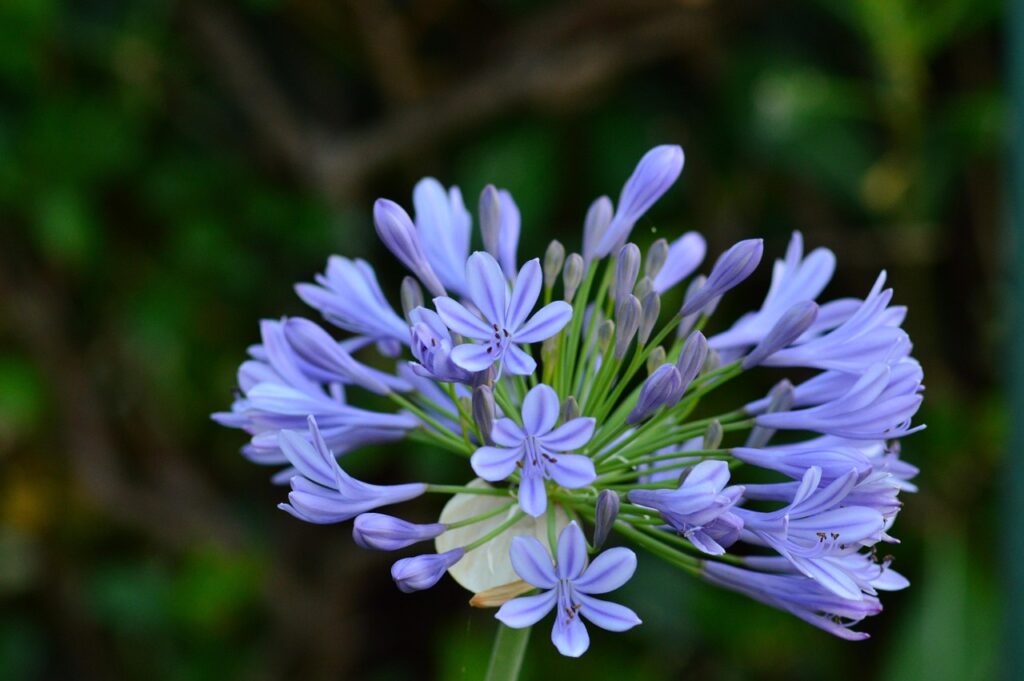
Agapanthus is a perennial plant that brightens summer gardens with its elegant blue and purple flowers.
Native to South Africa, it has been cherished in Europe and Japan as the “flower of love” and a romantic symbol.
Introduced to Europe during the Age of Discovery, it became a favorite in aristocratic gardens.
By providing sunny and well-drained conditions, you can enjoy its gorgeous blooms year after year. I encourage you to cultivate Agapanthus to add a refreshing touch to your summer garden and fully appreciate its charm.


